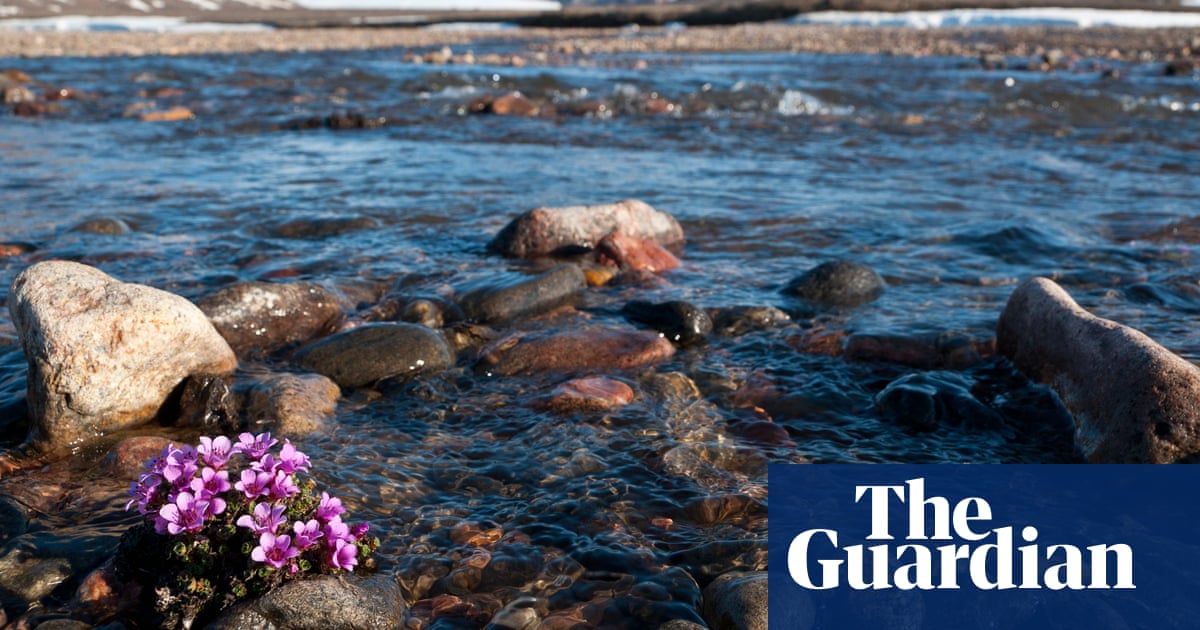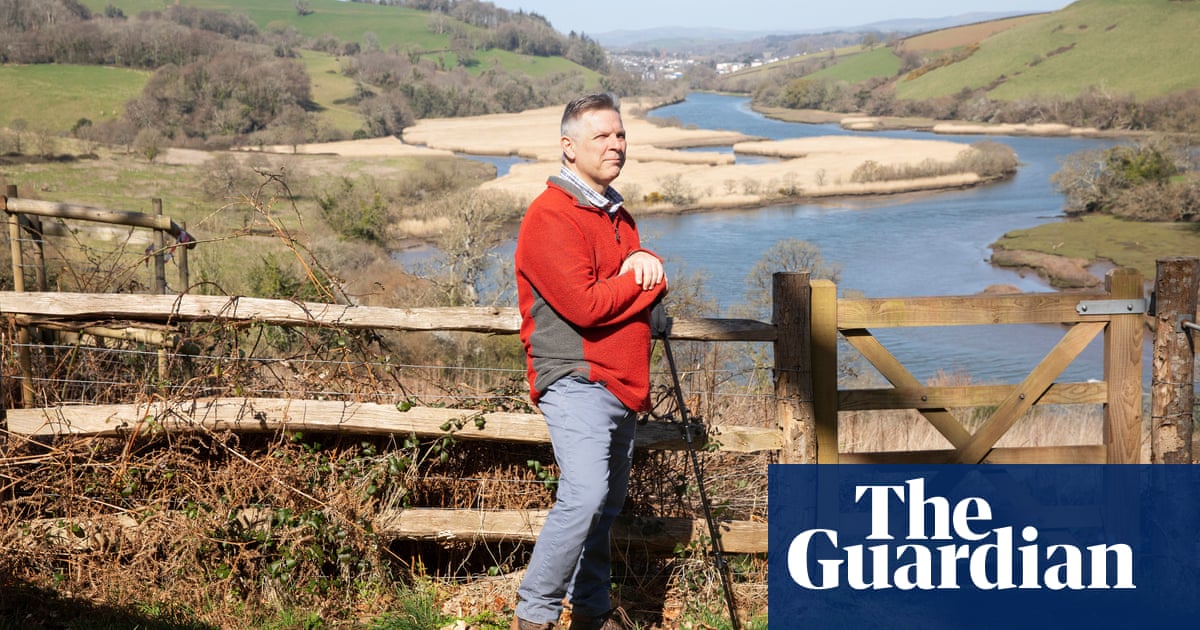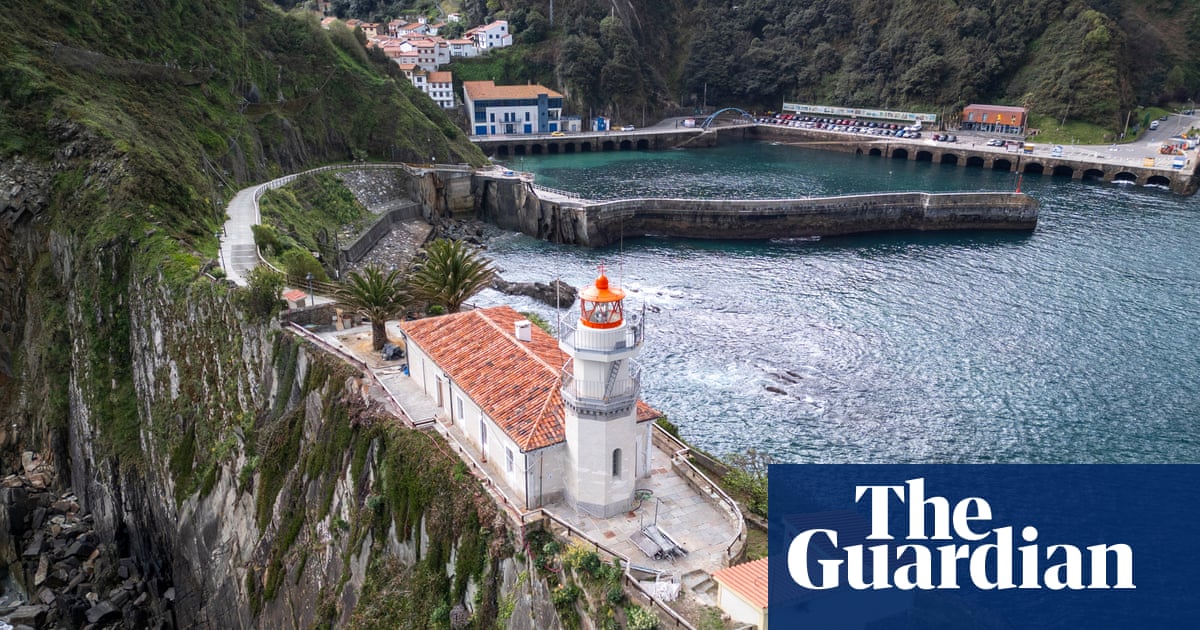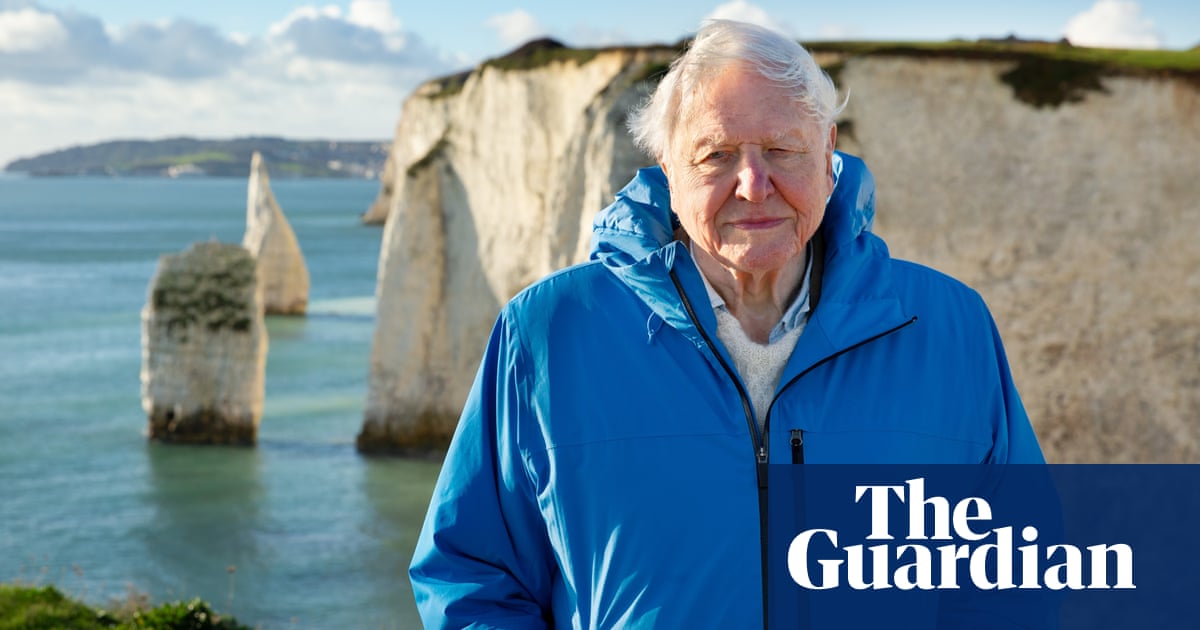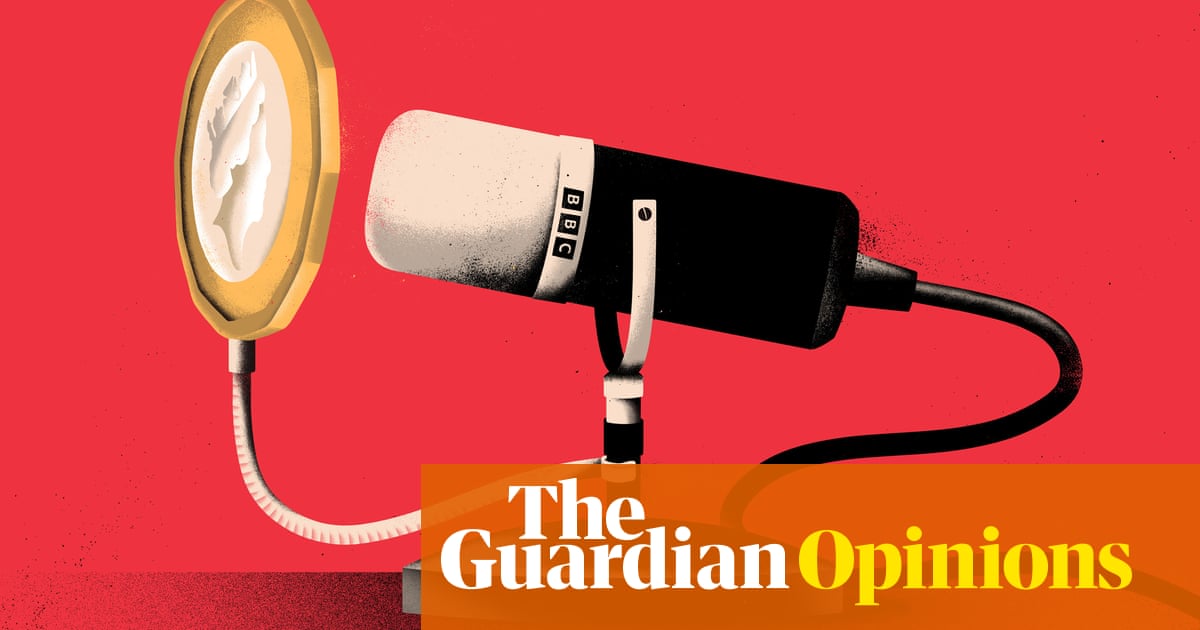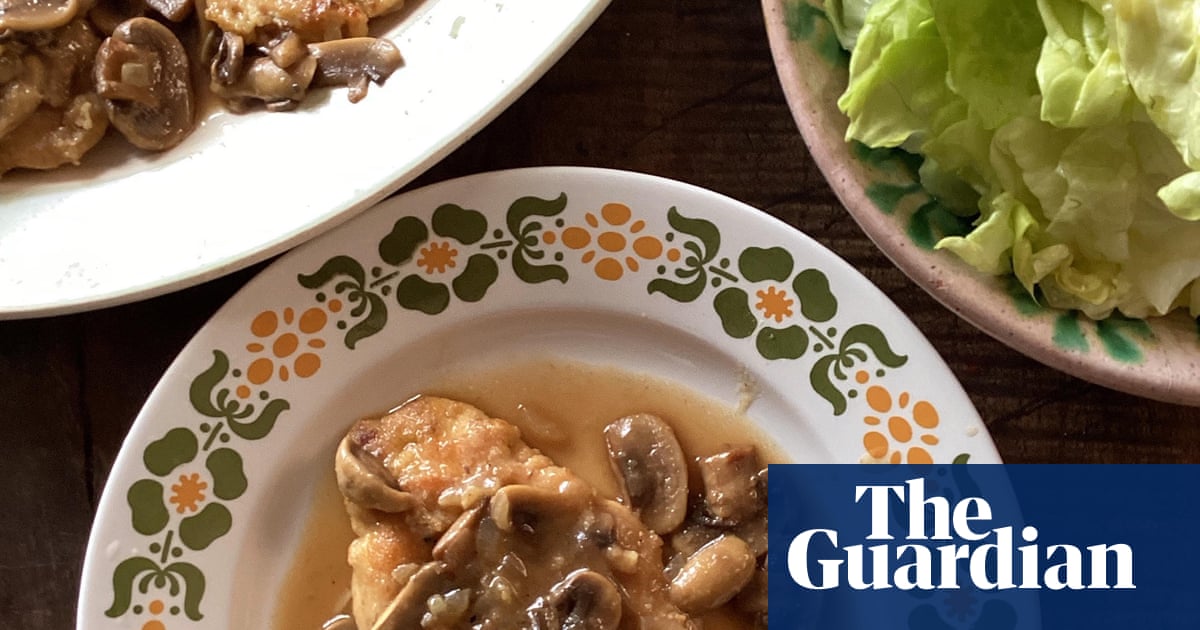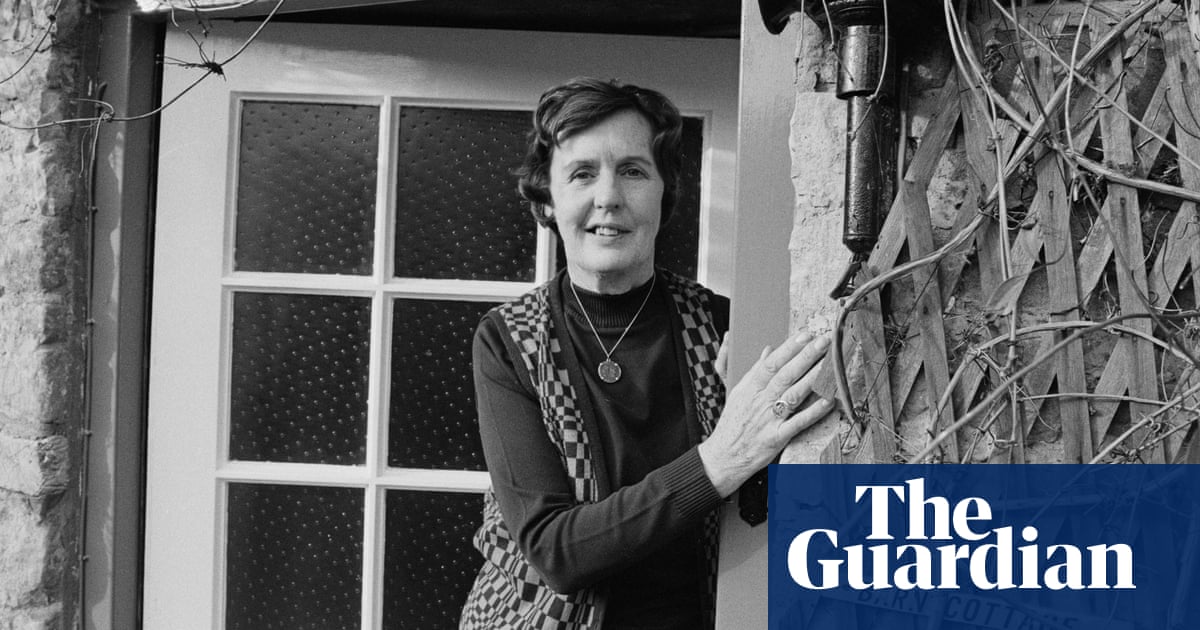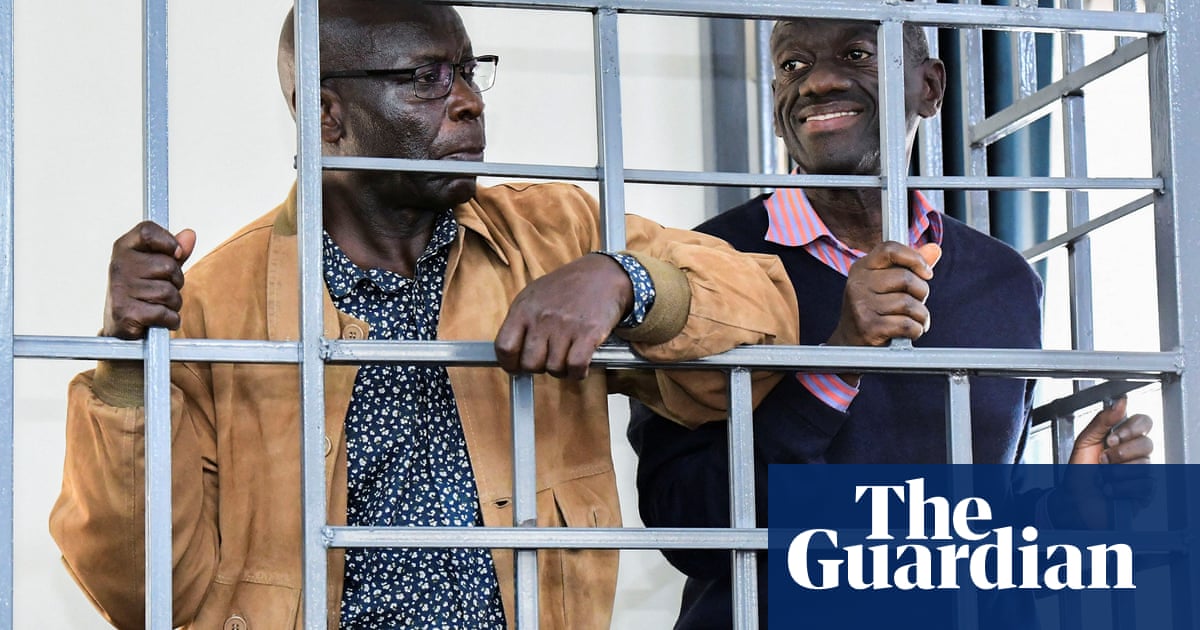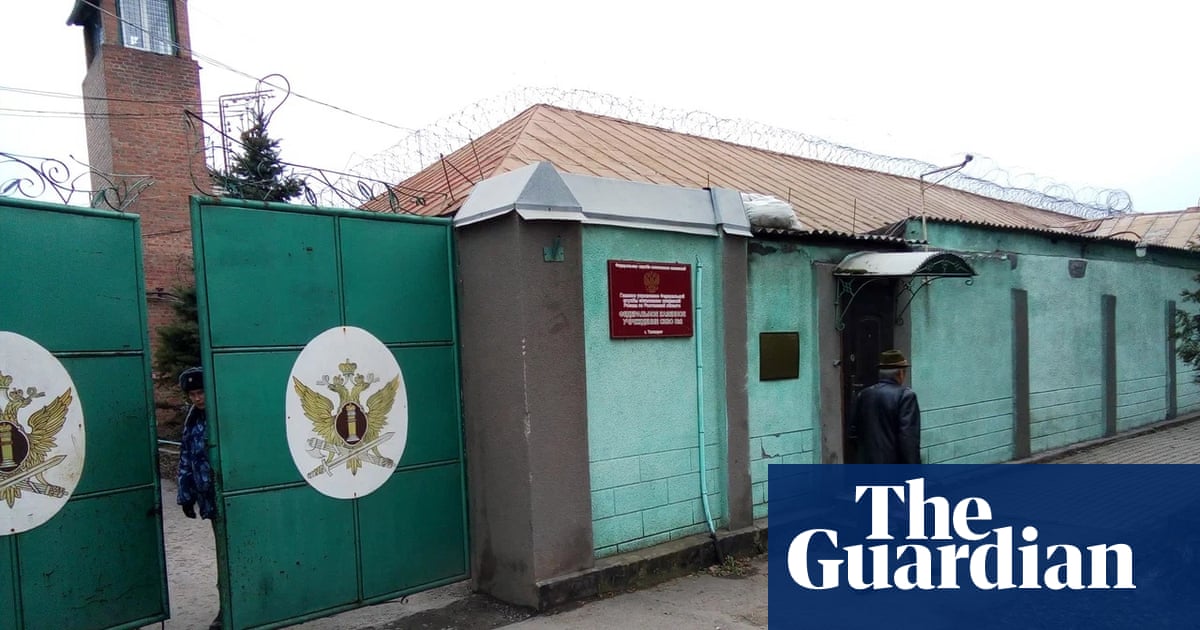A hibernating dormouse snoozes after being rescued by Kildare Wildlife Rescue, Ireland, who rehabilitate injured, sick and orphaned wildlife and return them to the wild after their recovery
Photograph: Clodagh Kilcoyne/Reuters

They have also rescued this young badger, injured by a car
Photograph: Clodagh Kilcoyne/Reuters

Newborn Egyptian goslings take their first steps under the watchful eye of their mother in St James’s Park, London, UK
Photograph: Vuk Valcic/Zuma Press Wire/Rex/Shutterstock

Baby Siamese crocodiles rest in the water at the Siamese crocodile breeding facility in Phnom Tamao zoo, Cambodia. The endangered reptile has been brought back from the brink of extinction, with 10 recently being released into the wild in Virachey national park, north-eastern Cambodia
Photograph: Tang Chhin Sothy/AFP/Getty Images

Elegant crested pelicans at the Gediz delta, İzmir, Turkey
Photograph: Anadolu/Getty Images

Manis, an orangutan, and her baby Manja in Indonesia. Manis was rescued in July 2014 by conservation agencies including BKSDA and was successfully rehabilitated and released back into the wild. She has since given birth to Manja. Together with the government, Yiari, an Indonesian partner of International Animal Rescue, has returned 170 orangutans back to their natural habitat, with five recorded live births among them – showing the releases were a success
Photograph: International Animal Rescue

Fish, including a perch (with orange fins), at a river lock in Utrecht, Netherlands. A “fish doorbell” has been installed so that viewers of an online livestream can alert the lock-keeper if they see fish being held up as they make their springtime migration to shallow spawning grounds
Photograph: AP

Fern, a three-year-old grizzly bear who was rescued by the Woodland Park zoo, Seattle, US, enjoys some sunshine after waking up from hibernation. Climate change may be affecting grizzly bear sleep patterns, with some bears emerging from their dens earlier or not entering torpor (deep sleep) at all due to warmer temperatures and increased food availability
Photograph: Zuma Press/Alamy Live News

A fallow deer shakes water from its coat following a hail shower in Phoenix park, Dublin
Photograph: Brian Lawless/PA

A baby marmoset, three or four months old, takes its first steps in Rio De Janeiro, Brazil. The little primates are common in the south of the country. Many are former pets freed by their owners; they thrive in Brazil, where their cuteness means people often offer them food, which is frowned upon by ecologists
Photograph: Bob Karp/Zuma Press Wire/Rex/Shutterstock

A chick roams around Jose Marti Park in Tampa, Florida, US
Photograph: Jefferee Woo/Tampa Bay Times/Zuma Press Wire/Rex/Shutterstock

A New Zealand fur seal pup rests with its mother on a rock in Katiki point, on the country’s south-eastern coast
Photograph: Sanka Vidanagama/AFP/Getty Images

A bee diligently collects pollen from a crocus in Liberec, northern Czech Republic
Photograph: Slávek Růta/Zuma Press Wire/Rex/Shutterstock

Swans make the most of a sunny day on the Thames in Windsor, UK
Photograph: Maureen McLean/Alamy Live News

A cardinal perches on a branch in High Park, Toronto, Canada
Photograph: Carlos Osorio/Reuters

A hummingbird moves in to feed on a grevillea plant in the Australian garden at the Huntington Library and Gardens, San Marino, CA, US
Photograph: Bruce Chambers/Zuma Press Wire/Rex/Shutterstock

Tufted grey langurs in an enclosure outside the Mihintale temple in Sri Lanka. Officials have carried out a nationwide census of “nuisance wildlife” such as wild boar, lorises, peacocks, and monkeys, which, they say, destroy far too much of the country’s crops. (A great deal of damage is done by elephants, but they are protected by law)
Photograph: Ishara S Kodikara/AFP/Getty Images

Storks at the Knepp estate, West Sussex, UK. Storks went extinct in the UK in the early 15th century, but are now making a comeback on rewilded land. The town of Storrington (named after the birds) and the nearby Knepp estate have been designated a “European stork village”
Photograph: Knepp Estate

European hares, also known as brown hares, engage in boxing, which happens during March during their breeding season, in a field on the South Downs near Arundel, West Sussex, UK
Photograph: Glyn Kirk/AFP/Getty Images

African penguins exchange a glance at their colony on Robben Island, near Cape Town, South Africa. Efforts to stop the critically endangered African penguin from going extinct took a step forward after South African conservationists and fishing industry groups reached a legal settlement on no-fishing zones around six of the penguins’ major breeding colonies
Photograph: Awie Badenhorst/Alamy


.png) 1 month ago
11
1 month ago
11
